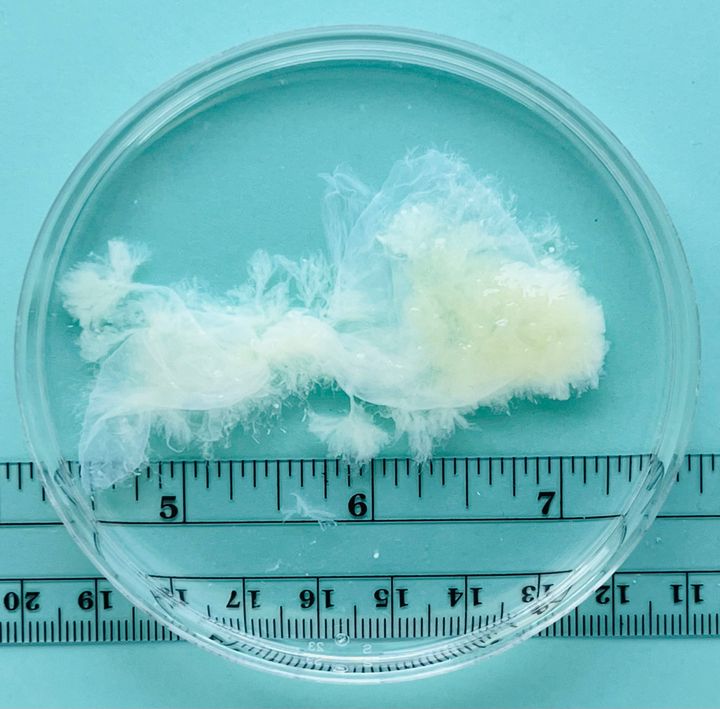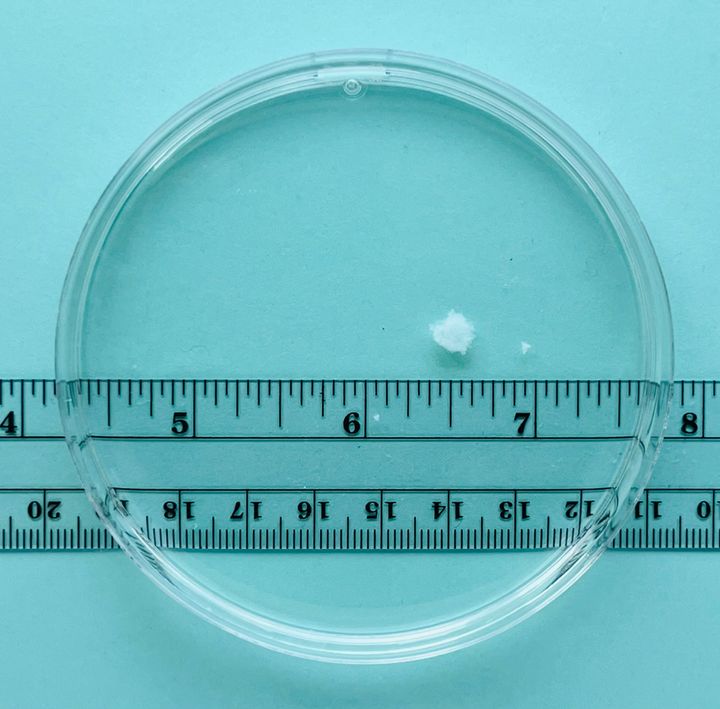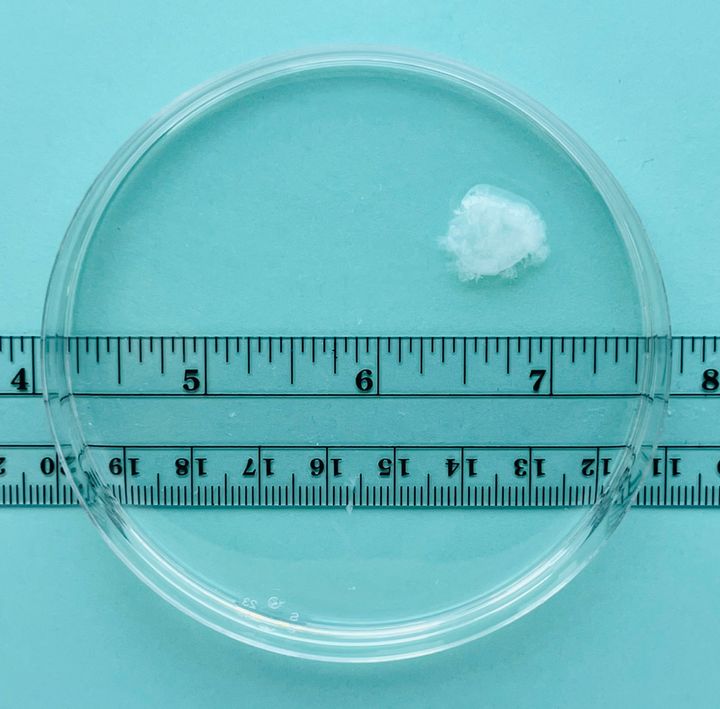
Conversations around pregnancy have never been more important than right now, following the change around abortion laws in the US.
By overturning Roe v Wade, the Supreme Court placed a severe limit on reproductive rights across the country.
From that point, individual states were able to set their own laws about reproduction – and 13 have since taken the opportunity to enact a full ban on all abortions. Georgia has banned abortions over six weeks.
The 10 week point is seen as a pivotal time in many pregnancies because, under the NHS, any medical abortion carried out under this timeframe can be sorted away from medical facilities, because it is a much smaller procedure.
A medical abortion is where the pregnant person takes two pills to end the pregnancy. These can be taken at own home in the UK.
But, there are actually some important details around early pregnancy which are not commonly known. Here’s just four of them.
1. A foetus looks different pretty different under 10 weeks old
At seven weeks, the gestational sac (which protects any fertilised eggs) is not yet half an inch in size.
And at nine weeks the nascent embryo is still not discernible to the naked eye, and so definitely doesn’t look like a smaller version of this:

And, according to images from the MYA Network, it is a collection of tissue smaller than a petri dish.

It’s at around 10 weeks that certain parts of the body start to form – including the heart – and the foetus begins making small, jerky movements detected by the ultrasound. Even then, it can still fit in a petri dish, though the womb will have swollen to protect it, becoming the size of a large orange.
2. The sac protecting it grows only a millimetre a day
The embryo grows every day, but only by a small amount at the beginning. At four weeks, the embryo is just three layers of cells thick, and at five weeks, it’s just 2mm long.

The gestational sac, which provides nutrients to the embryo long before the placenta forms, is not even half an inch in size by seven weeks and the embryo is not visible at all. It only grows a millimetre a day.
The embryo becomes known as a foetus only at eight weeks.
At nine weeks, the foetus is about 22mm from head to bottom in length.
3. Clinicians date pregnancy from the first day of your last period
As MYA Network’s Dr Joan Fleischman told the Guardian: “Clinicians date pregnancy from the first day of your last period, to help predict the due date.
“But you’re not pregnant for those first two weeks.”
This is because you don’t actually ovulate until around day 14 of your cycle, when the egg travels to the uterus. It’s only there it can become safely fertilised by sperm within 24 hours of ovulation.
About five to six days after that, the fertilised egg burrows into the womb lining, which the NHS identifies as the technical start of pregnancy.
So those with a six-week pregnancy, for instance, will have minimal time to get abortion care after missing a single period if they live in Georgia, where this is the cut-off point.

4. The heartbeat starts before the heart is fully formed
At six weeks of pregnancy, what is often dubbed the heartbeat is mainly the electrical activity of cells beating in unison, before an actual heart is formed.
It’s important to note that some bills outlaw abortion once the “fetal heartbeat” can be heard (at around six weeks).